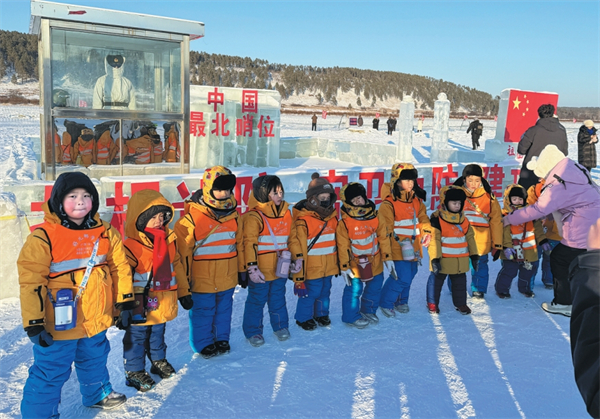Home>Harbin Today
China's Y-12F passes verification flight test for auto-control
Updated : 2018-07-02
By ( Xinhua )

A model of the Y-12F regional turboprop aircraft is on display at the stand of Aviation Industry Corporation of China during the Aviation Expo China 2009 in Beijing. [Photo/IC]
China's homegrown Y-12F versatile aircraft has passed the civil aviation authorities' verification flight tests for its automatic control system, its developer confirmed Thursday.
All performance indicators of its automatic control system have been tested, proving that this type of aircraft has met the airworthiness requirements of the Civil Aviation Administration of China (CAAC), said State-owned China Aviation Industry Corporation (AVIC).
The Y-12F, the latest model of the Y-12 family, has entered an "era of automatic control," declared AVIC, predicting that the aircraft will see a boost in the competitive power on the market.
The CAAC has completed thirteen verification flight tests for the Y-12F, including automatic navigation, automatic approach and select heading hold.
It was the first time for the CAAC to conduce the airworthiness test on the automatic control system of the aircraft under the CCAR Part-23, the CAAC's certified standard for small fixed-wing airplanes.
The airborne automatic control system is capable of functions such as self-navigation, automatic piloting and flight directing, reducing the working intensity of pilots.
The twin-engine propeller-driven Y-12F is manufactured by AVIC Harbin Aircraft Industry Company Ltd. It has been designed according to airworthiness standards of China and the US.
The Y-12F conducted its maiden flight in 2010, and received certificates from the CAAC and Federal Aviation Administration of the United States in 2015 and 2016, respectively.
It features advantageous payload, range, speed, plateau-adaption and single-engine performance.
As a versatile plane model, the Y-12F can conduct multiple missions, such as passenger and cargo transportation, marine monitoring, medical rescue and artificial precipitation, AVIC said.

Harbin ramps up childcare services
A new comprehensive service center for childcare in Harbin is expected to be finished by the end of the year.
-
Talent policies drive enterprise development in Harbin
Harbin's "30 New Talent Policies" represents an iterative upgrade to the talent policy system, helping attract and retain talent to bolster economic and social development.
-
Official website of 2025 Asian Winter Games goes live
Harbin, the host city of the 9th Asian Winter Games, has announced that the official website for the 2025 event has recently gone live.
-
Harbin launches measures to facilitate more foreign trade
In the first three quarters of 2023, the total import and export value of Heilongjiang province's goods trade hit 218.22 billion yuan.





